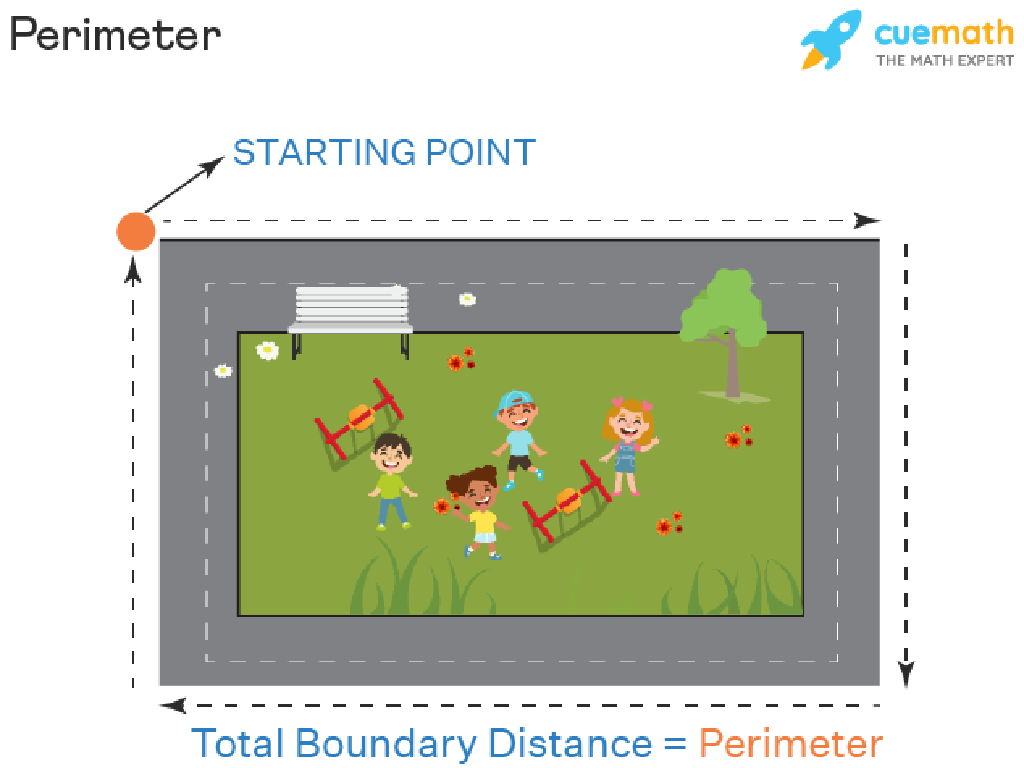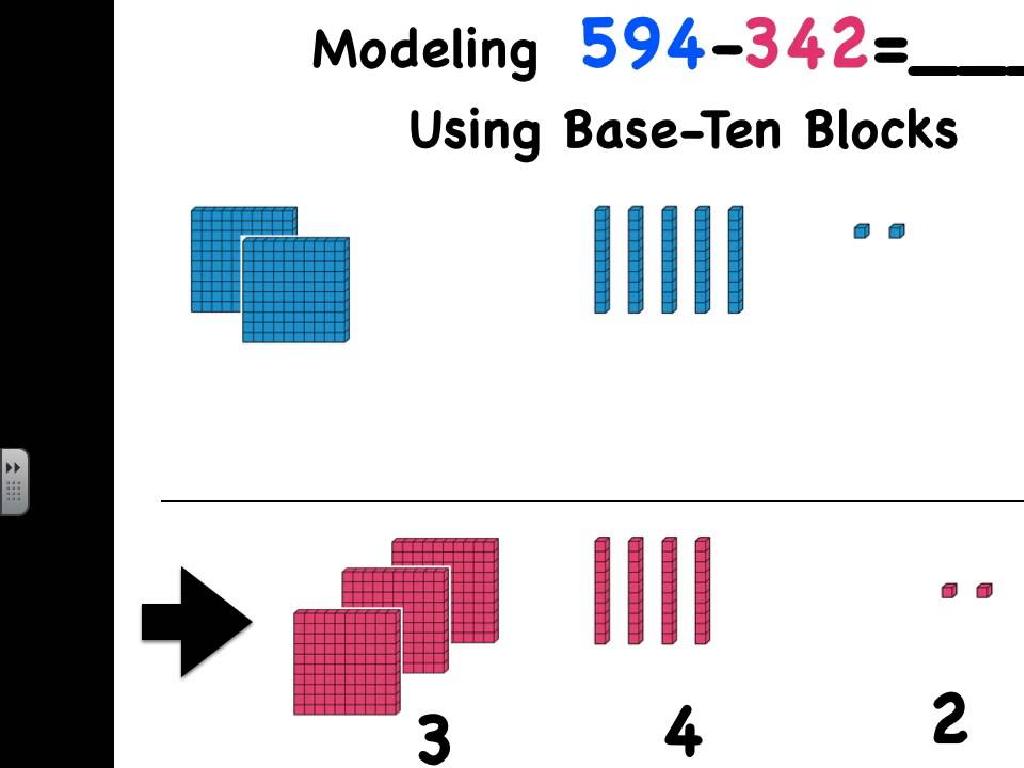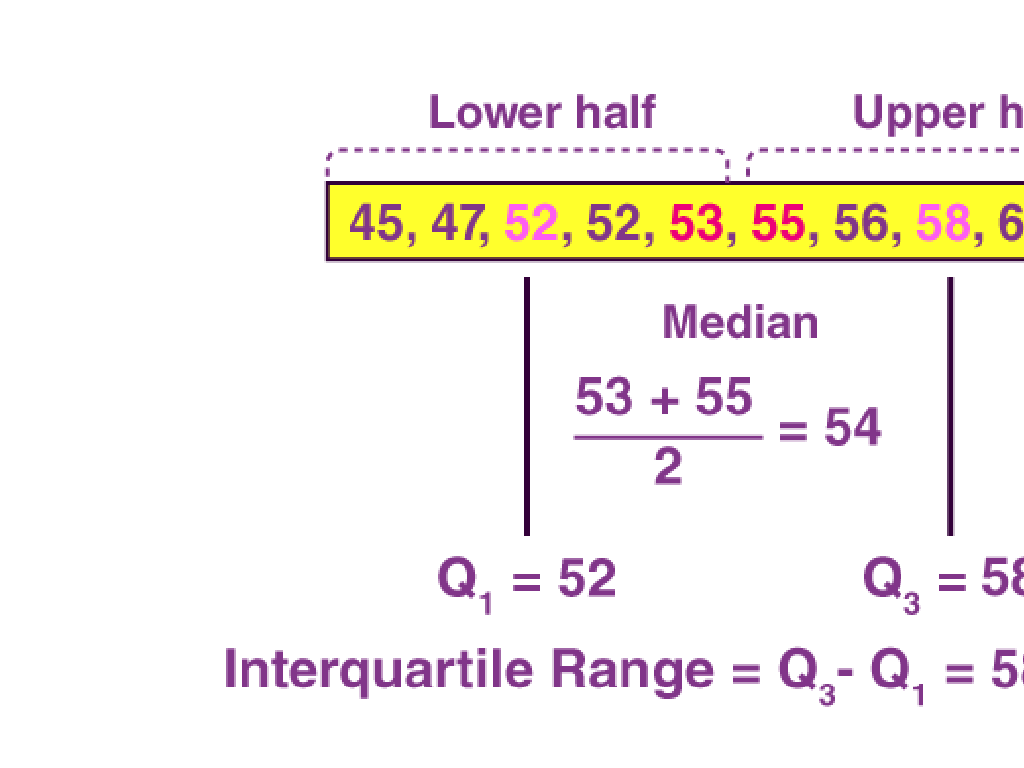Making Change
Subject: Math
Grade: Second grade
Topic: Money Up To $1
Please LOG IN to download the presentation. Access is available to registered users only.
View More Content
Introduction to Money: Coins and Bills
– Learn about coins and bills
– Pennies, nickels, dimes, quarters, and dollar bills
– Daily uses of money
– Buying food, toys, and saving in piggy banks
– Review coin identification
– Recognize pennies, nickels, dimes, and quarters
– Understand coin values
– A penny is 1 cent, a nickel is 5 cents, a dime is 10 cents, and a quarter is 25 cents
|
This slide introduces students to the basics of money, focusing on the different coins and bills used in the United States. Start by showing real or play coins and bills to the class and explain their names and values. Discuss everyday situations where money is used, like shopping or saving, to make the concept relatable. Review the appearance and value of common coins to ensure students can identify and use them correctly. Reinforce the concept of money’s worth and its role in everyday transactions. Engage the class with interactive activities such as matching coins to their values or using play money to simulate purchases.
Understanding Making Change
– What does making change mean?
– It’s giving back the right amount of money after a purchase.
– Importance of learning change-making
– So we can ensure fair transactions in stores or with friends.
– Real-life change-making examples
– Getting $0.25 back from $1 after buying a $0.75 pencil.
– Practice with everyday scenarios
– Pretend buying snacks at school and figuring out change.
|
This slide introduces the concept of making change, which is a fundamental skill in everyday transactions involving money. Start by explaining that making change is the process of giving back the correct amount of money after someone has made a purchase. Emphasize the importance of this skill to ensure that both the buyer and seller are exchanging the correct amount of money. Use relatable examples, such as buying a small item like a pencil or a snack, to illustrate how making change works in real life. Encourage students to think of times they have received change or watched their parents receive change. Plan an interactive activity where students can role-play buying and selling items to practice making change, reinforcing their understanding and making the learning experience tangible.
Counting Money: Making Change
– Learn to count money for payment
– Practice counting with examples
– Let’s add up coins to buy a toy!
– Tips for accurate money counting
– Count twice and sort by value
– Understand making change
– How much money is returned after a purchase?
|
This slide introduces students to the concept of counting money, which is a fundamental skill for making purchases and understanding change. Start by explaining the values of different coins and how to add them up to pay for items. Use real-life examples, like buying a small toy, to make the lesson relatable. During practice, encourage students to count along with you, using physical coins if possible. Share tips for counting accurately, such as counting twice and organizing coins by value. Finally, introduce the concept of making change by explaining how money is returned when more is given than the cost of the item. Provide several examples with different amounts to ensure students grasp the concept. The next class will involve hands-on activities where students can apply these skills.
Calculating Change from $1
– Steps to calculate change
– Count up from the cost to $1 to find the change
– Use subtraction to find change
– Subtract the item cost from $1
– Example: Item costs 75 cents
– If you give $1 for a 75-cent item, how much money do you get back?
– Practice with different amounts
– Try buying items of 50 cents, 30 cents, and so on with $1
|
This slide introduces the concept of making change from a dollar, which is a practical skill for everyday transactions. Start by explaining the steps to calculate change, emphasizing the importance of counting up from the item’s cost to the amount paid ($1 in this case). Demonstrate using subtraction to find the change by taking the cost of the item from the amount paid. Use the example of buying an item that costs 75 cents with $1 to illustrate the concept. Encourage students to practice with different amounts to solidify their understanding. Provide real-life scenarios where they might need to calculate change, such as at a school cafeteria or a store.
Making Change Practice
– Interactive change calculation
– Use real-life scenarios to determine change
– Role-play store transactions
– Students take turns being cashier and customer
– Worksheet completion individually
– Practice with different purchase amounts
– Understanding change concept
|
This slide introduces practical activities to help students understand the concept of making change. Start with interactive examples where students calculate the change required for various items priced up to $1. Move on to a group activity where students role-play transactions in a store setting, taking turns to be the cashier and the customer. This will help them apply their knowledge in a real-world context. Provide worksheets for individual practice, with problems involving different amounts to ensure they can calculate change from $1. Reinforce the importance of understanding money and making change as a life skill. Tailor the activities to cater to different learning paces and encourage peer learning.
Class Activity: The Change Game
– Pair up for ‘The Change Game’
– Take turns: cashier and customer
– Objective: correct change exchange
– Use play money to simulate a real purchase
– Check the change you receive
– Ensure the amount returned is right
|
This interactive activity is designed to help students understand the concept of making change in a fun and practical way. Divide the class into pairs, and provide each pair with play money. One student will act as the cashier and the other as the customer. The customer ‘buys’ an item with a certain amount, and the cashier must give back the correct change. Then, they switch roles. As a teacher, walk around to assist and check for understanding. Possible variations of the activity: 1) Use items with price tags for a more realistic scenario, 2) Introduce ‘discounts’ to practice subtraction, 3) Have a ‘store’ setup where students can purchase items from their classmates, 4) Time the transactions for a fun challenge, 5) Introduce ‘tax’ to teach about percentages. This activity not only teaches math skills but also social skills and the concept of money management.
Conclusion: Mastering Making Change
– Recap: Why making change matters
– Review steps for calculating change
– Start from the total, subtract the cost, count up to the amount paid
– Q&A session
– Think about what you’ve learned and ask any questions
– Practice makes perfect
|
As we wrap up today’s lesson on making change, it’s important to remind students of the real-world applications of this skill, such as in stores or when buying snacks. Review the steps to calculate change: identify the total cost, determine the amount paid, and subtract the cost from the amount paid to find the change. Encourage students to ask questions about anything they’re unsure of to clarify their understanding. Finally, emphasize the importance of practice, and consider providing additional examples or worksheets for students to work on at home to reinforce the concept.






